The Sansoz Laboratory has a large 1,000 sq-ft space in a new $104-million STEM building completed in May 2017 at the University of Vermont. The graduate students have their office space located near the laboratory in the same building. The laboratory contains both computational and experimental equipment.
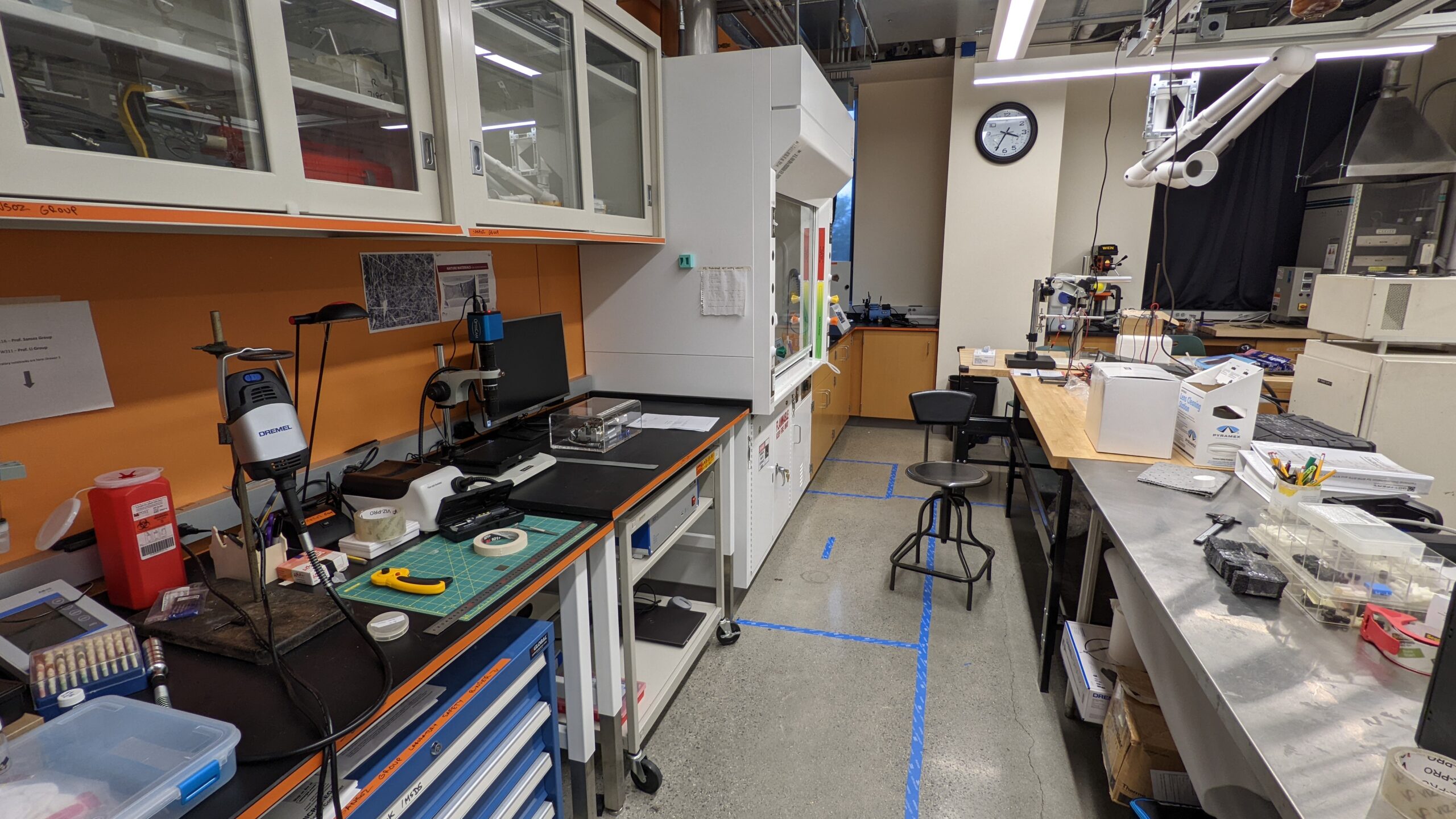
The laboratory is equipped with a fume hood, a wet chemistry area, and diverse instrumentation for sample preparation, microfabrication and characterization described in more details below.
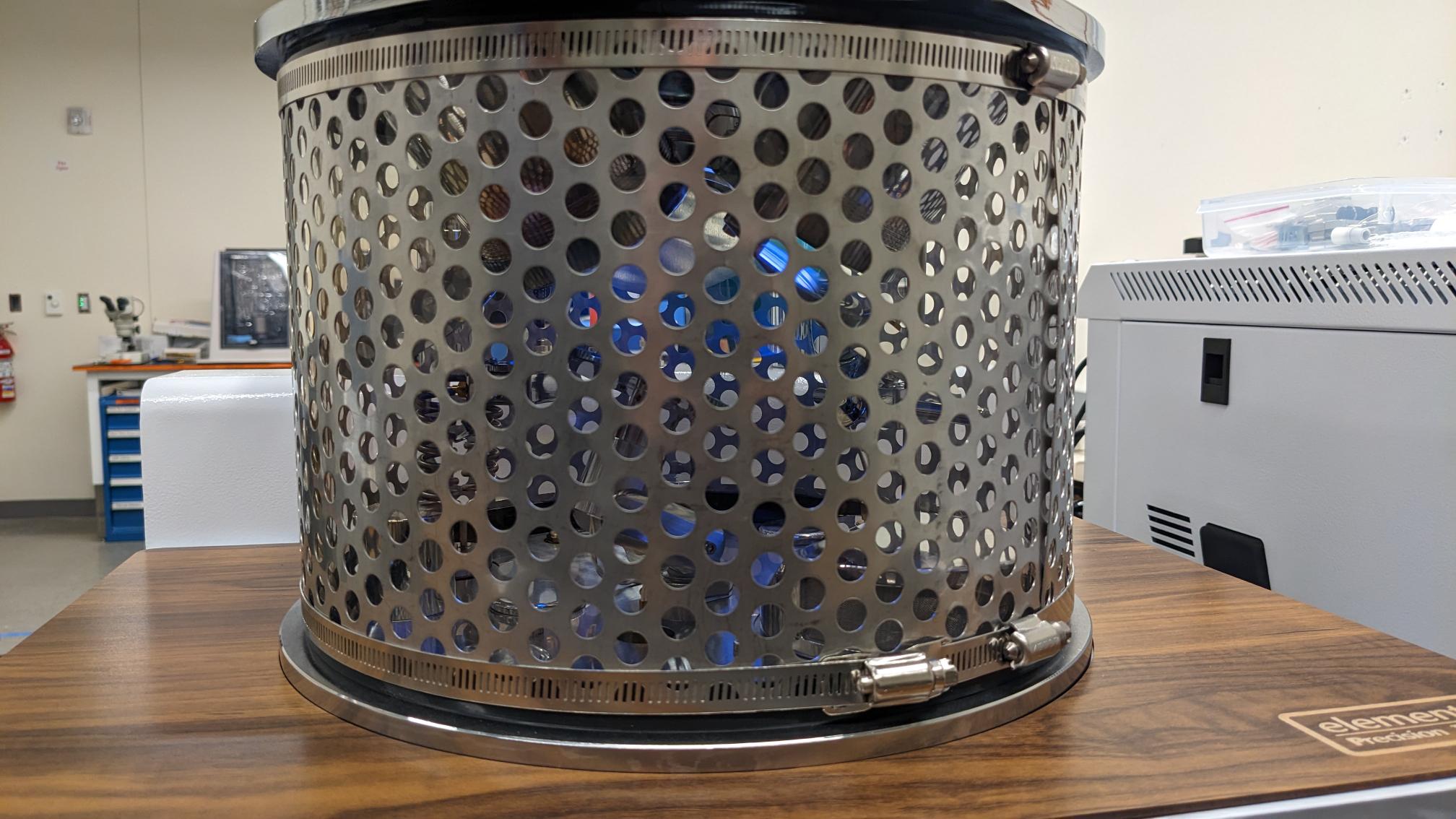
In May 2023, the laboratory was equipped with a brand-new DC magnetron sputter film deposition instrument with three targets for the deposition of nanocrystalline alloy films.
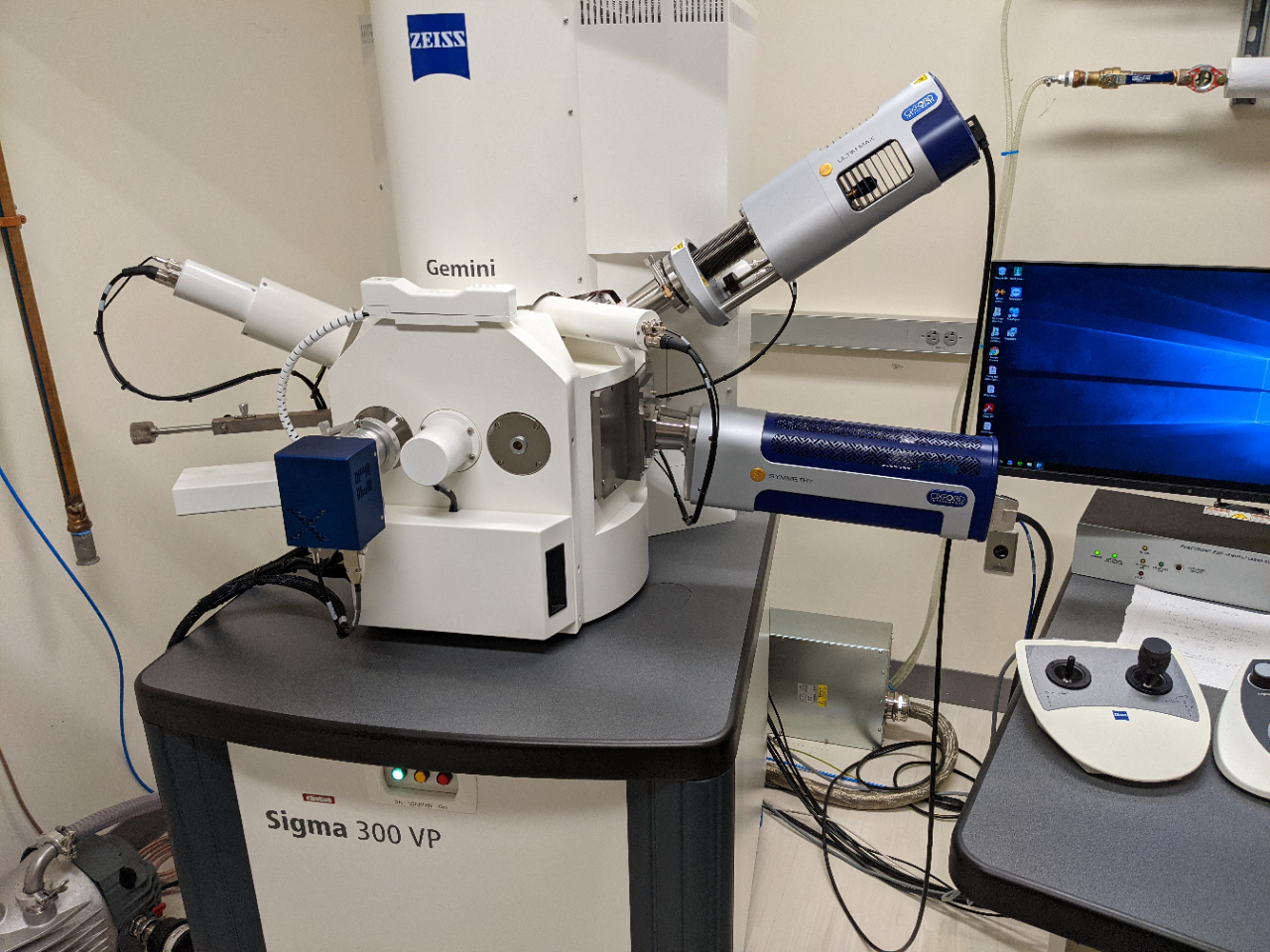
Furthermore, the PI has access to a brand-new Zeiss field-emission scanning electron microscope equipped with the latest EDS and EBSD detectors, which are housed in a dedicated microscopy facility conveniently located in the same STEM building. This microscope was obtained in 2018 through an NSF MRI award, and is used in conjunction with a Kammarath & Weiss mini in-situ tensile stage with a low force (500N) max capacity.
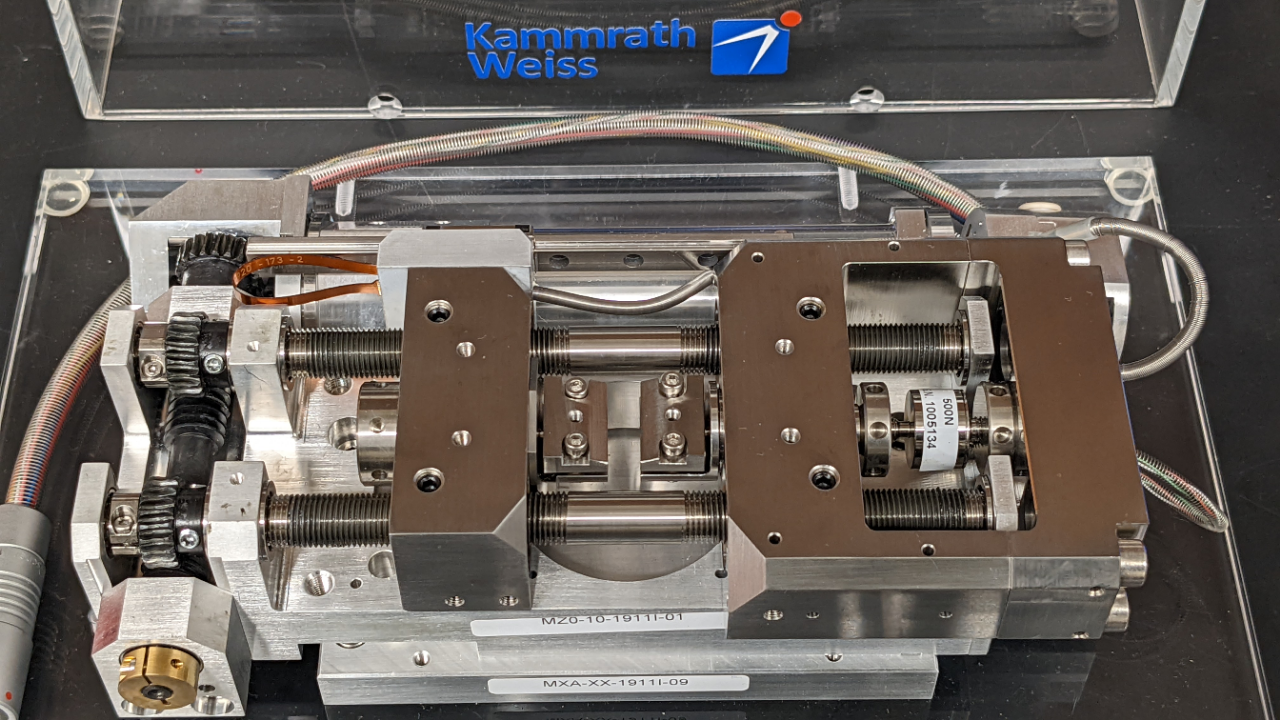
HIGH-PERFORMANCE COMPUTATIONAL LAB:
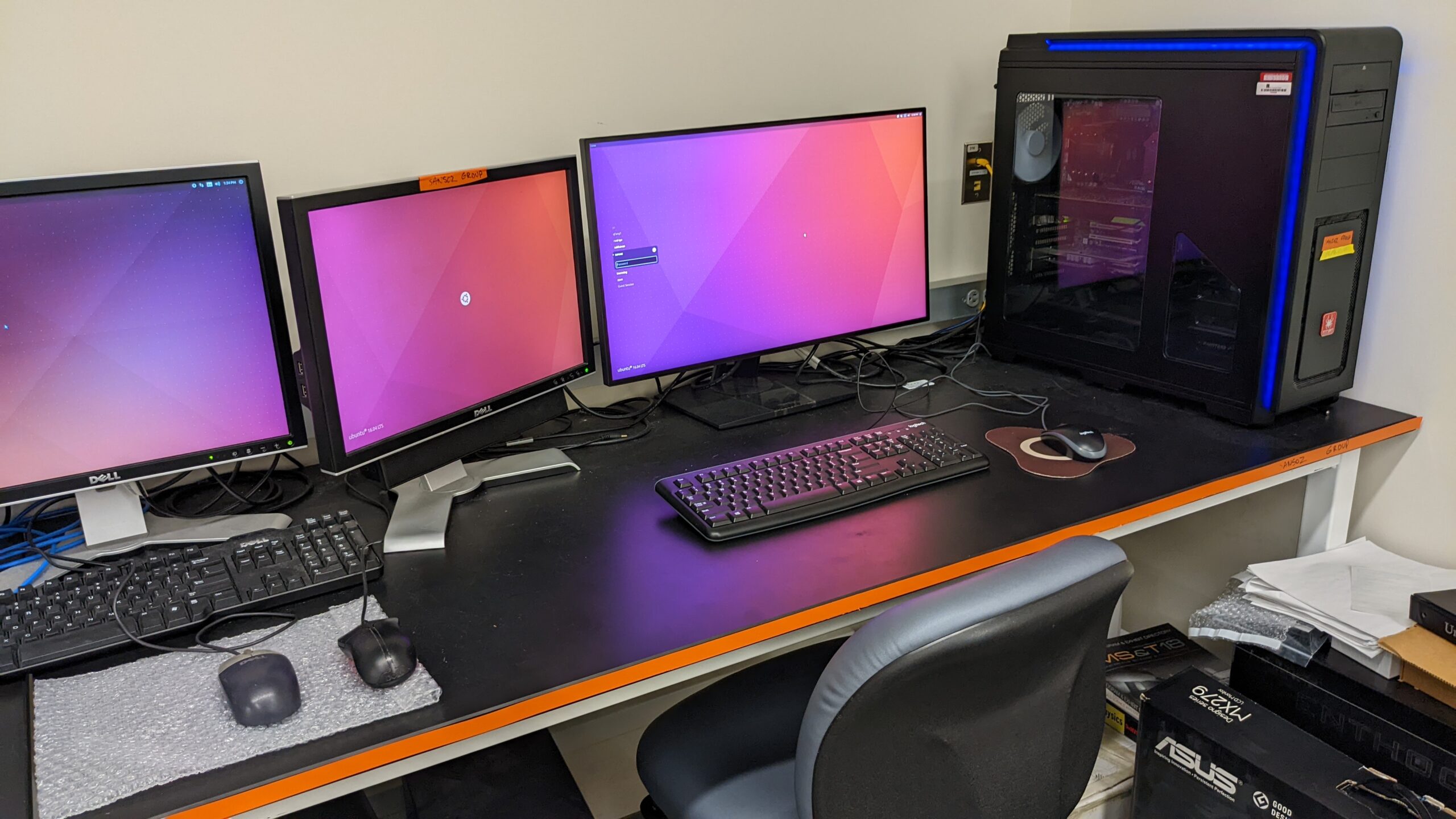
The computational laboratory is equipped with high-performance servers optimized for post-processing and analysis of large data from atomistic simulations:
- One Linux-based high-performance Titan X499 workstation with two 12-core Intel Xeon E52650 v4 Broadwell EP processors, 128GB memory, 36TB solid-state storage and two high-end NVIDIA Quadro P5000 graphic cards with SLI connection.
- One Linux-based high-performance Dell Precision workstation with two dual-core Intel Xeon processors and 1.5TB storage disks
- Three Windows-based mobile workstation with a high-end NVIDIA GTX1060 or RTX3070 graphic card and 1.0TB solid-state storage drives each, and additional 1TB portable solid-state storage disks.
DOE National Energy Research Scientific Computing Center (NERSC):
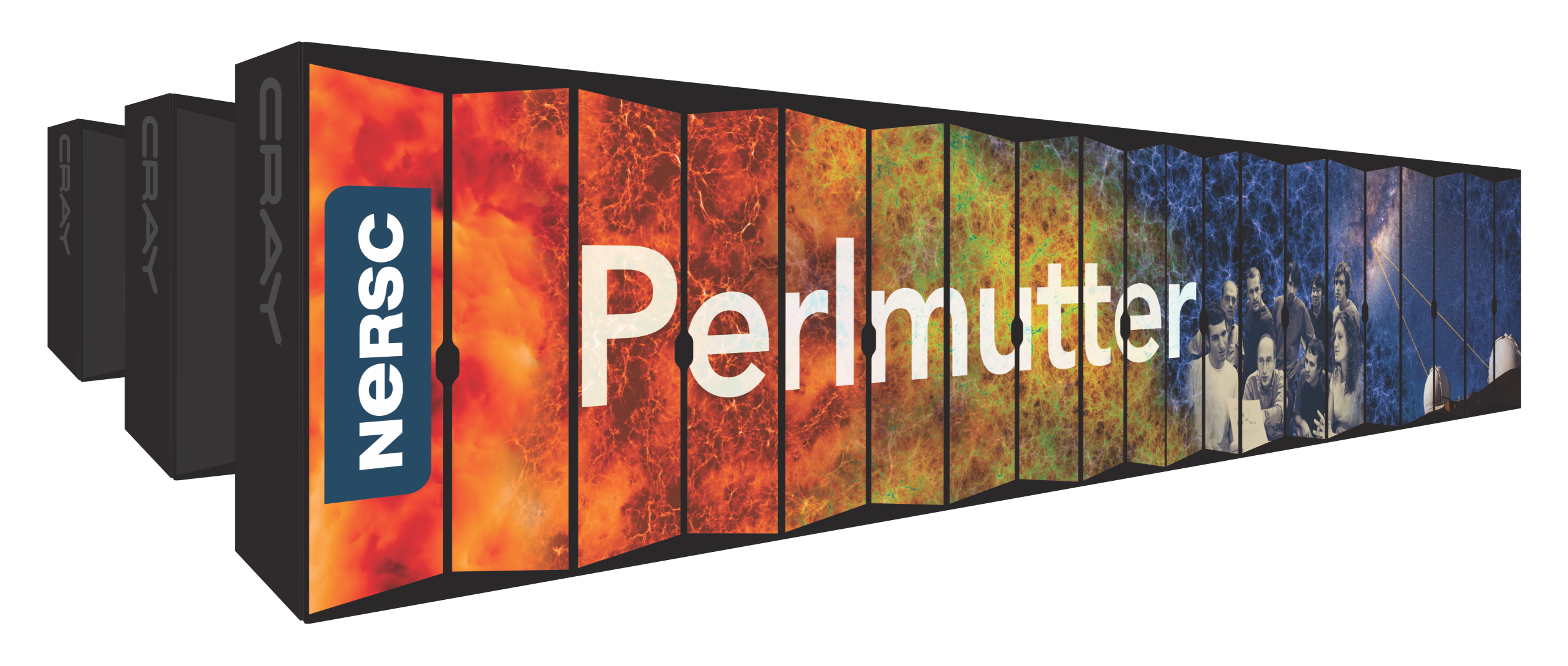
We have a remote access to NERSC’s new Perlmutter supercomputer, which is based on the HPE Cray Shasta platform and is a heterogeneous system comprising both CPU-only and GPU-accelerated nodes. It is the successor of Cori, another NERSC supercomputer that we have extensively used for our research until 2023.
EXPERIMENTAL LABORATORY:
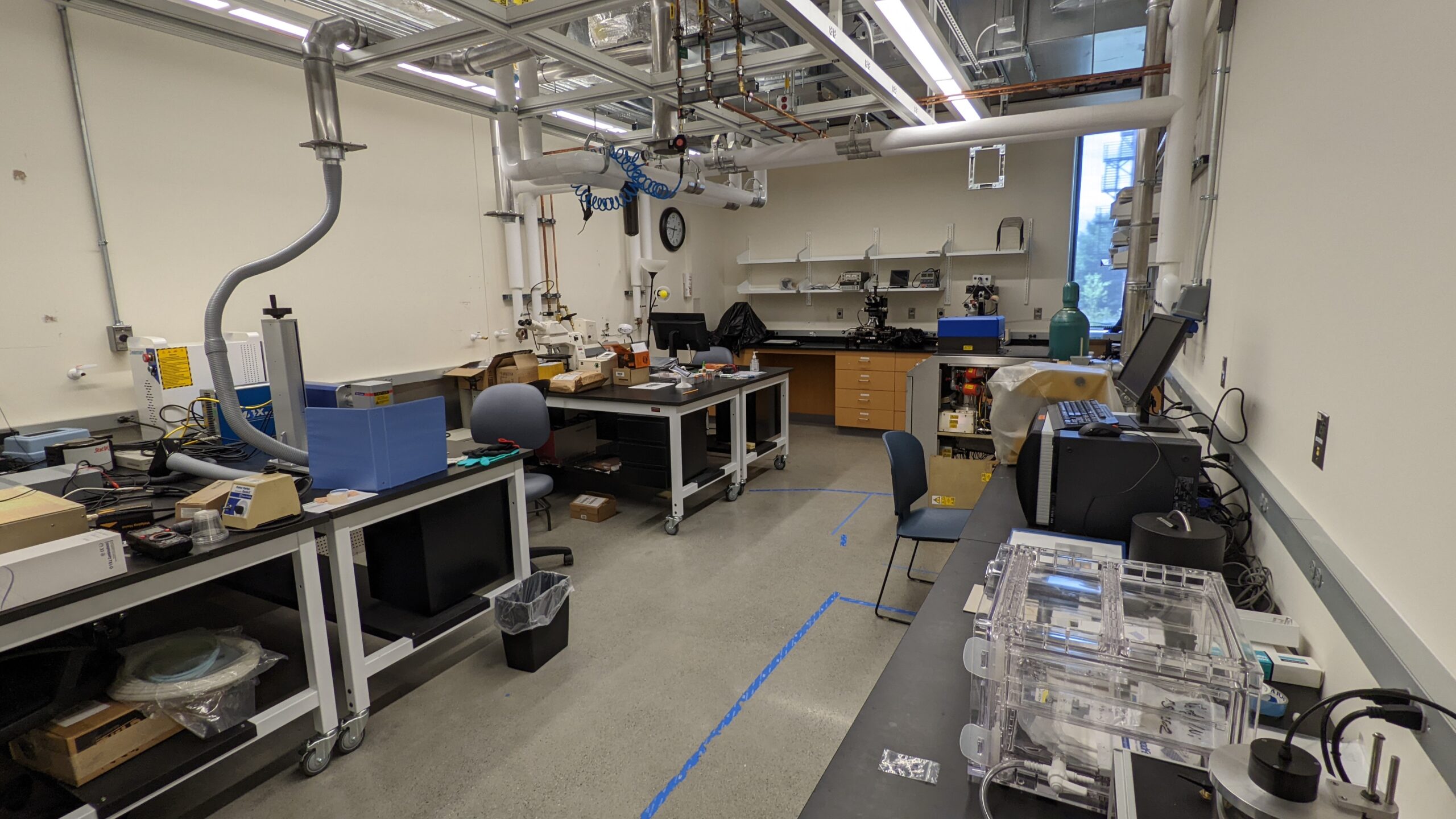
Sample preparation, microfabrication, and characterization of materials:
- Buehler Vickers micro-hardness tester
- Diverse sample preparation equipment including Buehler polisher grinder, ovens, chemistry equipment and fume hood
- Photolithography system (µLaser), which writes on a photosensitive resist coated surface with a 405nm laser at submicron pixel resolution on 4-inch substrate
- A programmable high-precision metal foil laser cutter
- A Thermtec thermal conductivity analyzer
In-situ Field-emission Scanning Electron Microscopy:
- ZEISS Sigma 300 VP Field-Emission scanning electron microscope (FESEM) with the latest version of SmartSEM software. Standard chamber with separate EDS, EBSD and in-situ stage ports, 5-axes motorized cartesian stage with software joystick. Detection System comprising In-lens SE-detector, next generation ETSE and HRBSD detectors, new fourth generation variable pressure SE detector (VPSE-G4), specimen current monitor, and navigation color camera.
- Oxford Instrument Aztec Energy Dispersion Spectroscopy (EDS) system. Oxford AZtecLive Advanced EDS System with Ultim Max 65 detector.
- Oxford Instrument Electron backscatter diffraction (EBSD) Aztec system. Integrated Oxford HKL Advanced system with Symmetry Max3 detector.
- Kammrath & Weiss in-situ SEM tensile module with 500N load cell and flat grips and image capture for Zeiss microscope. Image capture is synchronized to load vs. displacement in-situ measurements for digital image correlation post-processing.
Other TEM and AFM equipment available through UVM’s Microscopy Imaging Center:
- JEOL 1400 Transmission Electron Microscope with accelerating voltages up to 120 kV.
- MFP-3D-BIOTM Atomic Force Microscope by Asylum Research.